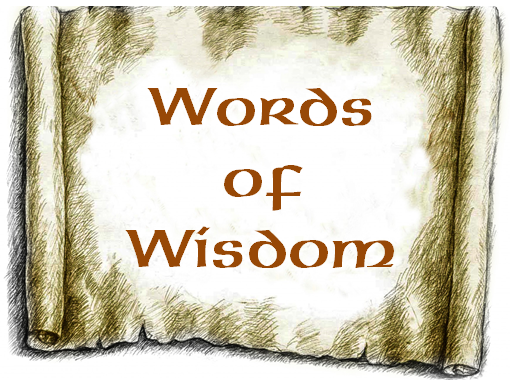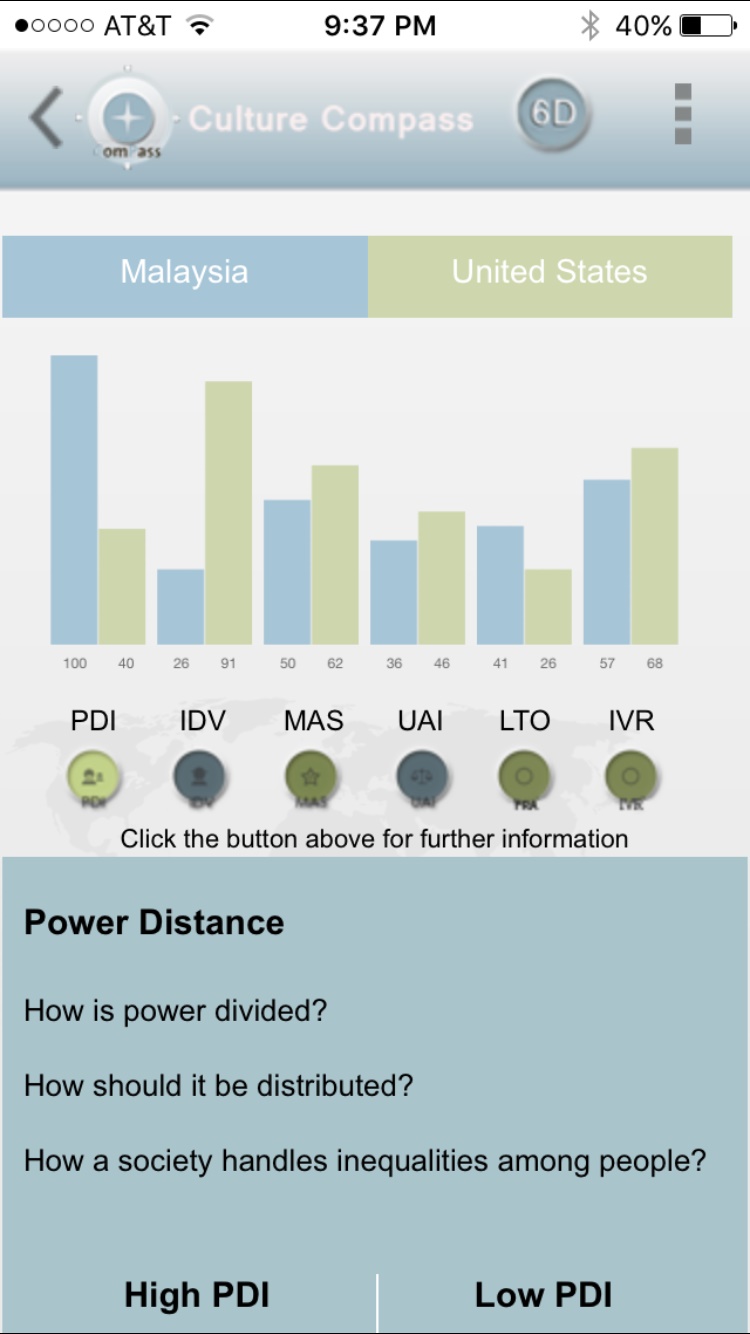

What's New

Words of Wisdom
52
cards and 15 activities to spark conversations and make sense of learning.
Learn more HERE.
What We Do
The Firefly Group helps people make sense of what they learn and experience.
Whether facilitating a group for better decision-making, keynoting a conference, leading a training, or writing an instructional design, we use novel methods that engage, spark creativity, and produce memorable results.
 If
this sounds like a good direction for your organization, let's talk about
how we might collaborate! Please give me a call (802.257.7247) or send an
. - Brian
If
this sounds like a good direction for your organization, let's talk about
how we might collaborate! Please give me a call (802.257.7247) or send an
. - Brian
 Your ETR (Estimated Time to Read): 10 minutes Your ETII (Estimated Time to Implement Ideas): 5 weeks |
What
can you teach with a eight washers tethered to a string?
Watch my video in the Activity below and find out!
July
2017
Culture Compass - Subtleties that shape behavior
|
Say
It Quick |
Discoveries bits of serendipity to inspire and motivate |
Ideas fuel for your own continuous learning |
Activities tips and tricks you can try today |
|
Cultural Advantage - Innate instructions for efficiency |
Culture Compass - Six dimensions of comparison in your pocket |
Team Differences - Culture at work in spite of sameness |
Cultural Awareness - Demonstrate the subtleties of cultural influence |
First, here's a special welcome to all my new friends in Malaysia and Singapore who attended the Learning Game Design and Facilitation workshop in Kuala Lumpur sponsored by Accordia Training and Development, The Firefly Group, and the North American Simulation and Gaming Association. - Brian
 We
most readily think of culture in terms of language, customs, foods, and the
arts. But there are more subtle ways that culture is manifest. You don't even
need to have visible diversity in a team to find examples of how cultural
differences influence behavior and relationships. Learn about Culture Compass,
an app that compares differences between societies. Then explore the impact
of culture on your team beginning with this story in exactly 99 words.
We
most readily think of culture in terms of language, customs, foods, and the
arts. But there are more subtle ways that culture is manifest. You don't even
need to have visible diversity in a team to find examples of how cultural
differences influence behavior and relationships. Learn about Culture Compass,
an app that compares differences between societies. Then explore the impact
of culture on your team beginning with this story in exactly 99 words.
Cultural Advantage
The person in the information booth is helpful and polite. Security officers efficiently scan handbags and packages. Directional signs are written in two languages. Train routes are numbered and color coded. You'll never wait more than 8 minutes for a train and a clock counts the time until the next. Every station is clearly marked. The floors are clean, polished granite. There is no trash or graffiti. WiFi continuously connects everyone to the outside world and a typical trip costs only about 30 cents.That's how you move 9.4 million people through the Shanghai subway every day.
 Culture
Compass
Culture
Compass
I have long been a fan of Geert Hofstede, developer of a theory for describing
and valuing cultural differences. Now Hofstede's theory is accessible and
available for everyday use in a smart phone app, Culture Compass.
Hofstede originally identified five dimensions (recently expanded to six) that can be used to describe any national culture. Each dimension is seen as a continuum so cultures and nations can easily be compared and contrasted.
The six dimensions are "based on very fundamental issues in human societies to which every society has to find its particular answers". They include…
Understanding the way a society answers these questions opens a window to that particular culture and offers an explanation when cultures clash. Using Culture Compass, you can learn about two cultures on all six dimensions. A bar graph compares the "score" of each culture on Hofstede's rating system. Tap an icon for a particular dimension and you can see the contrast between societies that scored at its extremes.
For example, a comparison of Malaysia and the United States shows a great deal of similarity on the dimensions of Masculinity, Uncertainty Avoidance, Long Term Orientation, and Indulgence Versus Restraint.
But Malaysia scores much higher on Power Distance (100) than the US (40). On Individualism, Malaysia scores 26 while the US scores 91.
In a team of mixed Malaysians and Americans, you could predict that the Malaysians would respond well to a strong leader who makes decisions for the group (high PDI) while the American team members would expect to participate in decision-making (low PDI). Similarly, the team might clash when it's time to recognize accomplishments. The Malaysians would expect the team to be honored as a whole group (low IDV) while the Americans would want to be singled out for their specific achievements and contributions (high IDV).
Culture Compass is a wonderful tool for international travelers but it's even more helpful for explaining why certain actions make sense in a specific society. For example, knowing that China is a Collectivist oriented society (low IDV) - as described in the 99-Word Story - helps explain how this nation, with the world's largest population, can function efficiently.
More Information:
Culture Compass - Find it on the app store for either Apple or AndroidGeert Hofstede - https://geert-hofstede.com/national-culture.html
Video overview of Hofstede's theory (3 min.) - https://www.youtube.com/watch?v=_BoQlz0zZc4
Team Differences
Next month I'll be leading a workshop on how to use the differences within
diverse teams to make them more effective. Hofstede's work will be especially
important because most of the participants typically work in teams that, outwardly,
do not look diverse. Most members will be White or Caucasian.
Yet Hofstede's method of understanding cultures is clear that there is a broad range of variation within a given society. In a culture with low Power Distance, for example, there will likely be a few members who are different from the norm. They will be less likely to question decisions of their team leader or department head. This may create conflict with the majority of the group that has no hesitation to raise questions.
Once you become familiar with Hofstede's Cultural Dimensions, they provide a helpful way to explain behaviors.
We most readily think of culture in terms of language, customs, foods, and the arts. But there are more subtle ways that culture is manifest. This is important because we don't always know the specific cultural origin and orientation of an individual - especially when that person looks a lot like us.
Cultural Awareness
Culture
exerts an undeniable influence on behavior. Since we never think about what
we do as being grounded in our culture, we rarely consider that another person's
actions may be rooted in a very different culture. And what makes sense there
may not make sense here.
Here is an activity that you can use to demonstrate how culture is learned below our level of awareness and influences our behavior to produce automatic responses. With this activity, you can begin a conversation about conflict in teams or you can introduce Hofstede's Cultural Dimensions for more in depth study.
Oak, Joke, Croak
Goal: To demonstrate the subtle influence of culture
Materials: None
Time: 10 minutes
Participants: Any numberProcedure: Tell the group that you are going to give them a series of simple statements and you'd like them to complete your sentence in unison. Make the first statement:
"If I take an acorn and plant it in the ground, the tree that grows up is called an…"
Wait for the correct answer "Oak". If people are shy or reluctant to participate, encourage everyone to repeat the answer, "All together, nice and loud."
Make the next statement:
"A short, humorous story is called a …"
Wait for the correct answer, "Joke". Again, have the group repeat together if their answer was unenthusiastic. Make the next statement:
"The sound a frog makes is…
Wait for the correct answer, "Croak". Some may say something different so you may have to ask everyone to repeat the correct answer in unison. Make the next statement:
"So we have Oak, Joke, Croak… And what do you call the white of an egg?"
Most people will say, "Yoke" which is incorrect. Pause with a puzzled look and ask the question again. People will realize their mistake; that the white of an egg is the white of an egg or the albumen.
Point out that you were able to deceive people only because of the brain's natural ability to make rapid associations. This is a demonstration of how quickly we can learn something (the pattern of rhymes) and that learning happens even when we don't know realize it.
This is exactly how culture works. Society gives us hundreds of subtle messages every day from the time we are born about how to think and behave. The messages are reinforced so thoroughly that we don't even think about the "correct" behavior in many situations. We act automatically to a set of unarticulated rules. When someone else acts according to a different set of rules, we are shocked that anyone could behave so oddly.
Invite the participants to share examples of subtle cultural norms that have influenced their behavior on teams, at home, and in the community.
Please give this activity a trial with your group then your experience!
|
Whether you need a keynote speaker, or help with strategic planning, performance improvement, or training facilitators and trainers in your organization, I look forward to your call (802.380.4360) or . -- Brian |
Read previous
issues. Click Library!
To add or delete your name to our mailing list, email
with a short note in the subject line.
I want this newsletter to be practical, succinct, and thoughtful. If you have suggestions about how I can meet these criteria, please let me know! Send me an with your thoughts and ideas.
Home
| Services | Products
| Mission | Ideas
| The Group | The
Buzz
(c)
2017 The Firefly Group